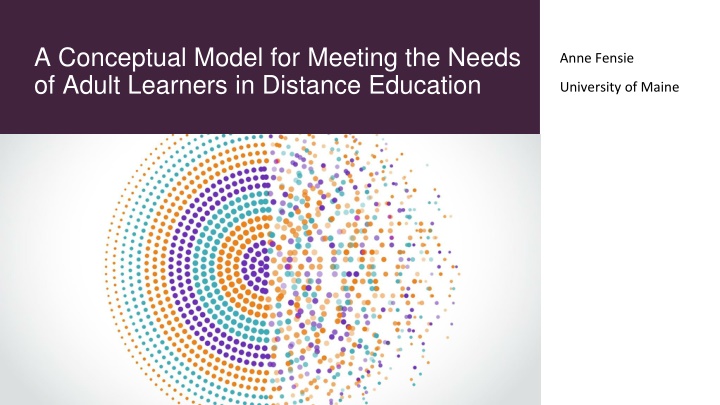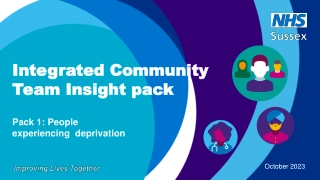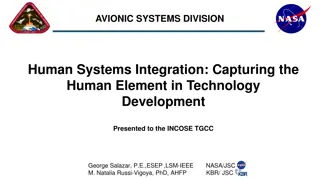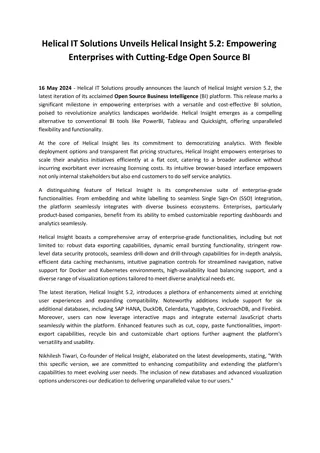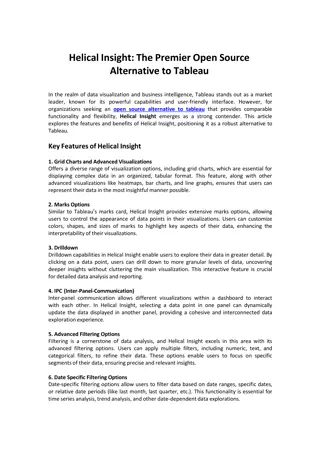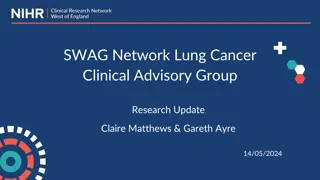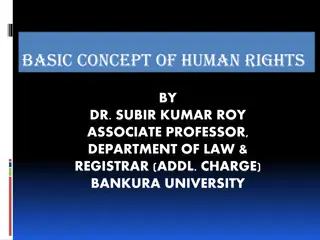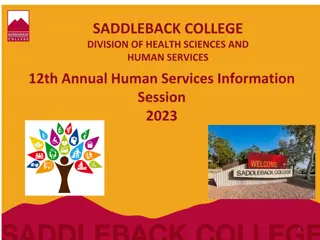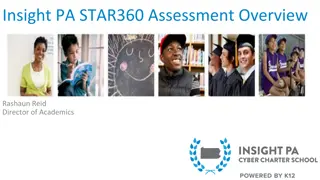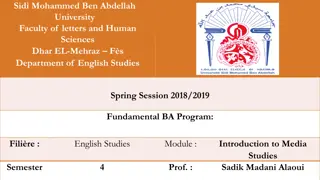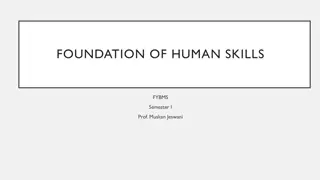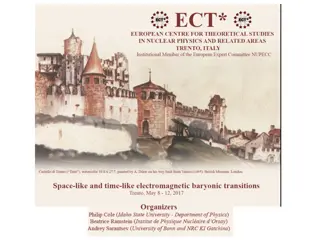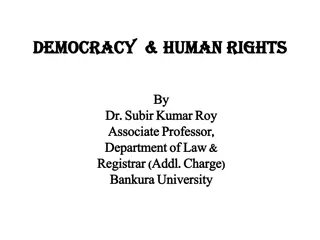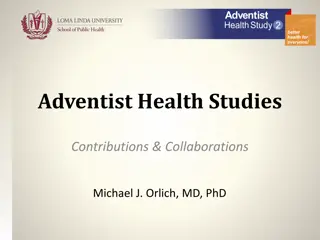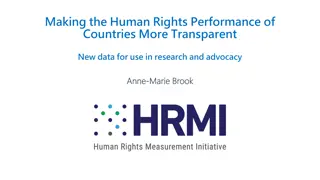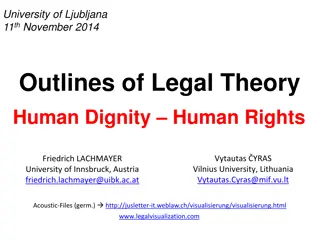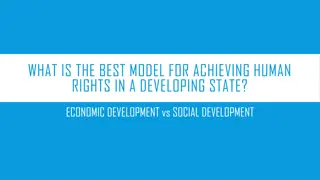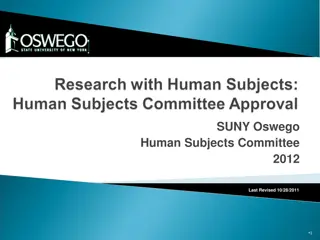Insight into Human Development Studies
Developmental psychology delves into the systematic psychological, emotional, and perceptual changes experienced by individuals throughout their lifespan. This field explores cognitive, motivational, and social functioning alterations over time, emphasizing human growth and psychological metamorphosis from a multidisciplinary perspective.
Download Presentation

Please find below an Image/Link to download the presentation.
The content on the website is provided AS IS for your information and personal use only. It may not be sold, licensed, or shared on other websites without obtaining consent from the author.If you encounter any issues during the download, it is possible that the publisher has removed the file from their server.
You are allowed to download the files provided on this website for personal or commercial use, subject to the condition that they are used lawfully. All files are the property of their respective owners.
The content on the website is provided AS IS for your information and personal use only. It may not be sold, licensed, or shared on other websites without obtaining consent from the author.
E N D
Presentation Transcript
A Conceptual Model for Meeting the Needs of Adult Learners in Distance Education Anne Fensie University of Maine
The Problem More than 40% of undergraduates are 24 or over (Cahalan, 2020) More than half of these adults are enrolled in distance education (Snyder et al., 2019) Adults are 4 times less likely to graduate (Miller, 2019) Faculty approaches to instruction can impact adult learner success (Bowser, 2021; Mayhew et al., 2016) Faculty may have positive attitudes toward adult learners but do not adapt instruction (Brinthaupt & Eady, 2014; Panacci, 2017)
Research Question What are the important factors to consider when designing instruction for adult learners in distance education?
Characteristics of Adult Learners in Higher Education Cognitive Social Emotional
False Beliefs about Aging 1. aging is all loss and decline 2. adults have no control over this process 3. these changes are irreversible Diehl, M., Smyer, M. A., & Mehrotra, C. M. (2020). Optimizing aging: A call for a new narrative. American Psychologist, 75(4), 577 589. https://doi.org/10.1037/amp0000598
Cognitive Characteristics Park, D., & Gutchess, A. (2006). The cognitive neuroscience of aging and culture. Current Directions in Psychological Science, 15(3), 105 108. https://doi.org/10.1111/j.0963-7214.2006.00416.x
Cognitive Characteristics Murman, D. (2015). The impact of age on cognition. Seminars in Hearing, 36(03), 111 121. https://doi.org/10.1055/s-0035-1555115
Cognitive Characteristics Salthouse, T. A. (2010): Selective review of cognitive aging. In Journal of the International Neuropsychological Society : JINS 16 (5), pp. 754 760. DOI: 10.1017/S1355617710000706.
Activate Prior Knowledge & Make Connections Cognitive Load Attention, Motivation, Model taught? learned? Variability No Mental What was What was Learner Long Term Memory Remembering Learning Formative Assessment & Feedback Sensory Memory Working Memory Classroom Environment Teacher Instruction Retrieval
Task switching peaks in adolescence (Craik & Bialystok, 2006) Working memory begins decline in 30s (National Academies of Sciences, Engineering, and Medicine, 2018) Cognitive Characteristics Facial recognition peaks in 30s (Germine et al., 2011) Myelination in frontal cortex completed in 30s (Craik & Bialystok, 2006) Dopamine declines with age (Karrer et al., 2017) Episodic memory begins decline in 30s (Fandakova et al., 2014) Fuzzy trace theory: adults excel at gist while children rely on verbatim memory (Reyna, 2012)
Social Characteristics Employees who study Students who work 1/3 of working adults 2/3 of working adults Average age 30 Average age 36 31% married 52% married 43% parents 57% parents 60% work part-time 87% work full-time 68% attend full-time 76% attend part-time More likely to attend university More likely to attend community college (Berker et al., 2003)
Social Characteristics More than half of adults spend at least 12 hours on each assignment (Lee, 2017) 1/3 of adults spend more than 21 hours on each assignment Additional 5 hours per week on self-study Adults students of color more likely to have negative past school experiences & lower degree completion (Person et al., 2019)
Emotional Characteristics Enrollment often follows life crisis; emotional burden of developing student identity (Kasworm, 2008) Increased need for emotional meaning (Carstensen et al., 2003; Kanfer & Ackerman, 2004) Growth and accomplishment are motivators (National Academies of Sciences, Engineering, and Medicine, 2018) Adult competency and self-efficacy may not translate to school (Kasworm, 2008) Adults may protect self-image by avoiding potential failure (Carter & Beier, 2010; Kanfer & Ackerman, 2004) Threats to social identity produce cognitive load (Beilock et al., 2007; Croizet et al., 2004)
Cognitive Factors Factor Prior Knowledge Instructional Strategies Advance organizers, Universal Design for Learning, activate prior knowledge, connect new information to prior knowledge Retrieval practice, dual coding, chunking, pretraining Self-paced learning, un-timed assessments, making non-threatened identities salient Signal important content, media controls, consistent structure Executive Functions Checklists, wayfinding, reflections, learning goals Cognitive Load Working Memory Attention
Social Factors Factor Roles Instructional Strategies Prioritize learning tasks for students, connect course content to meaningful contexts related to life roles Teacher Presence Community of Inquiry model, regular communication, photos and video, I and We, personal stories
Emotional Factors Factor Motivation & Self-Efficacy Instructional Strategies Build on life experience, create psychological safety, make value of learning activities explicit, allow control of when, where, and with whom to learn, help students to: 1. set appropriate goals, 2. break down into subgoals, 3. provide feedback on progress and attribution Error management training, highlight salient identities and de-emphasize threatened identity, assist with causal attribution, facilitate social connections with peers, build warm classroom climate Social Identity
Context (Chua et al., 2005)
Conclusion Learner variability get to know them Understand cognitive, social, and emotional factors Capitalize on adult learner strengths Minimize unnecessary burdens for adult learners to increase opportunity for success
References Beilock, S. L., Rydell, R. J., & McConnell, A. R. (2007). Stereotype threat and working memory: Mechanisms, alleviation, and spillover. Journal of Experimental Psychology: General, 136(2), 256 276. https://doi.org/10.1037/0096-3445.136.2.256 Berker, A., Horn, L., & Carroll, C. D. (2003). Work first, study second: Adult undergraduates who combine employment and postsecondary enrollment (NCES 2003-167; Postsecondary Education Descriptive Analysis Reports, p. 94). U.S. Department of Education National Center for Education Statistics. Brinthaupt, T. M., & Eady, E. (2014). Faculty members attitudes, perceptions, and behaviors toward their nontraditional students. The Journal of Continuing Higher Education, 62(3), 131 140. https://doi.org/10.1080/07377363.2014.956027 Bowser, J. M. (2021). Anxiety, preconceived negative perceptions, and self-efficacy: Impact on adult learners performance in introductory accounting courses (2021-61325-255) [Dissertation]. ProQuest Information & Learning.
References Cahalan, M. W., Perna, L. W., Addison, M., Murray, C., Patel, P. R., & Jiang, N. (2020). Indicators of higher education equity in the United States: 2020 historical trend report. The Pell Institute for the Study of Opportunity in Higher Education, Council for Opportunity in Education (COE), and Alliance for Higher Education and Democracy of the University of Pennsylvania (PennAHEAD). Carstensen, L. L., Fung, H. H., & Charles, S. T. (2003). Socioemotional selectivity theory and the regulation of emotion in the second half of life. Motivation and Emotion, 27(2), 103 123. https://doi.org/10.1023/A:1024569803230 Carter, M., & Beier, M. E. (2010). The effectiveness of error management training with working-aged adults. Personnel Psychology, 63(3), 641 675. https://doi.org/10.1111/j.1744-6570.2010.01183.x Chua, H. F., Boland, J. E., & Nisbett, R. E. (2005). Cultural variation in eye movements during scene perception. Proceedings of the National Academy of Sciences, 102(35), 12629 12633. https://doi.org/10.1073/pnas.0506162102 Craik, F. I. M., & Bialystok, E. (2006). Cognition through the lifespan: Mechanisms of change. Trends in Cognitive Sciences, 10(3), 131 138. https://doi.org/10.1016/j.tics.2006.01.007 Croizet, J. C., Despr s, G., Gauzins, M. E., Huguet, P., Leyens, J. P., & M ot, A. (2004). Stereotype threat undermines intellectual performance by triggering a disruptive mental load. Personality and Social Psychology Bulletin, 30(6), 721 731. https://doi.org/10.1177/0146167204263961
References Diehl, M., Smyer, M. A., & Mehrotra, C. M. (2020). Optimizing aging: A call for a new narrative. American Psychologist, 75(4), 577 589. https://doi.org/10.1037/amp0000598 Fandakova, Y., Lindenberger, U., & Shing, Y. L. (2014). Deficits in process-specific prefrontal and hippocampal activations contribute to adult age differences in episodic memory interference. Cerebral Cortex, 24(7), 1832 1844. https://doi.org/10.1093/cercor/bht034 Germine, L. T., Duchaine, B., & Nakayama, K. (2011). Where cognitive development and aging meet: Face learning ability peaks after age 30. Cognition, 118(2), 201 210. https://doi.org/10.1016/j.cognition.2010.11.002 Kanfer, R., & Ackerman, P. L. (2004). Aging, adult development, and work motivation. The Academy of Management Review, 29(3), 440 458. https://doi.org/10.2307/20159053 Karrer, T. M., Josef, A. K., Mata, R., Morris, E. D., & Samanez-Larkin, G. R. (2017). Reduced dopamine receptors and transporters but not synthesis capacity in normal aging adults: A meta-analysis. Neurobiology of Aging, 57, 36 46. https://doi.org/10.1016/j.neurobiolaging.2017.05.006 Kasworm, C. E. (2008). Emotional challenges of adult learners in higher education. New Directions for Adult and Continuing Education, 2008(120), 27 34. https://doi.org/10.1002/ace.313
References Lee, K. (2017). Rethinking the accessibility of online higher education: A historical review. The Internet and Higher Education, 33, 15 23. https://doi.org/10.1016/j.iheduc.2017.01.001 Mayhew, M. J., Rockenbach, A. N., Bowman, N. A., Seifert, T. A. D., Wolniak, G. C., Pascarella, E. T., & Terenzini, P. T. (2016). How college affects students: 21st century evidence that higher education works. John Wiley & Sons, Incorporated. http://ebookcentral.proquest.com/lib/umaine/detail.action?docID=4658582 Miller, C. (2019, June 8). College graduation statistics. EducationData. https://educationdata.org/number-of-college-graduates National Academies of Sciences, Engineering, and Medicine. (2018). How people learn II: Learners, contexts, and cultures. National Academies Press. https://www.nap.edu/catalog/24783
References Panacci, A. G. (2017). Adult students in mixed-age postsecondary classrooms: Implications for instructional approaches. College Quarterly, 20(2). http://collegequarterly.ca/2017-vol20-num02-spring/adult-students-in-mixed-age-postsecondary-classroom-implications-for-instructional- approaches.html Park, D., & Gutchess, A. (2006). The cognitive neuroscience of aging and culture. Current Directions in Psychological Science, 15(3), 105 108. https://doi.org/10.1111/j.0963-7214.2006.00416.x Person, A. E., Bruch, J., & Goble, L. (2019). Why equity matters for adult college completion. In Mathematica [Education Issue Brief]. Mathematica. https://files.eric.ed.gov/fulltext/ED607733.pdf Reyna, V. F. (2012). A new intuitionism: Meaning, memory, and development in Fuzzy-Trace Theory. Judgement and Decision Making, 7(3), 332 359. https://doi.org/10.4135/9781412971980.n155 Snyder, T. D., de Brey, C., & Dillow, S. A. (2019). Digest of education statistics 2018 (NCES 2020-009). U.S. Department of Education National Center for Education Statistics. https://nces.ed.gov/pubs2020/2020009.pdf
